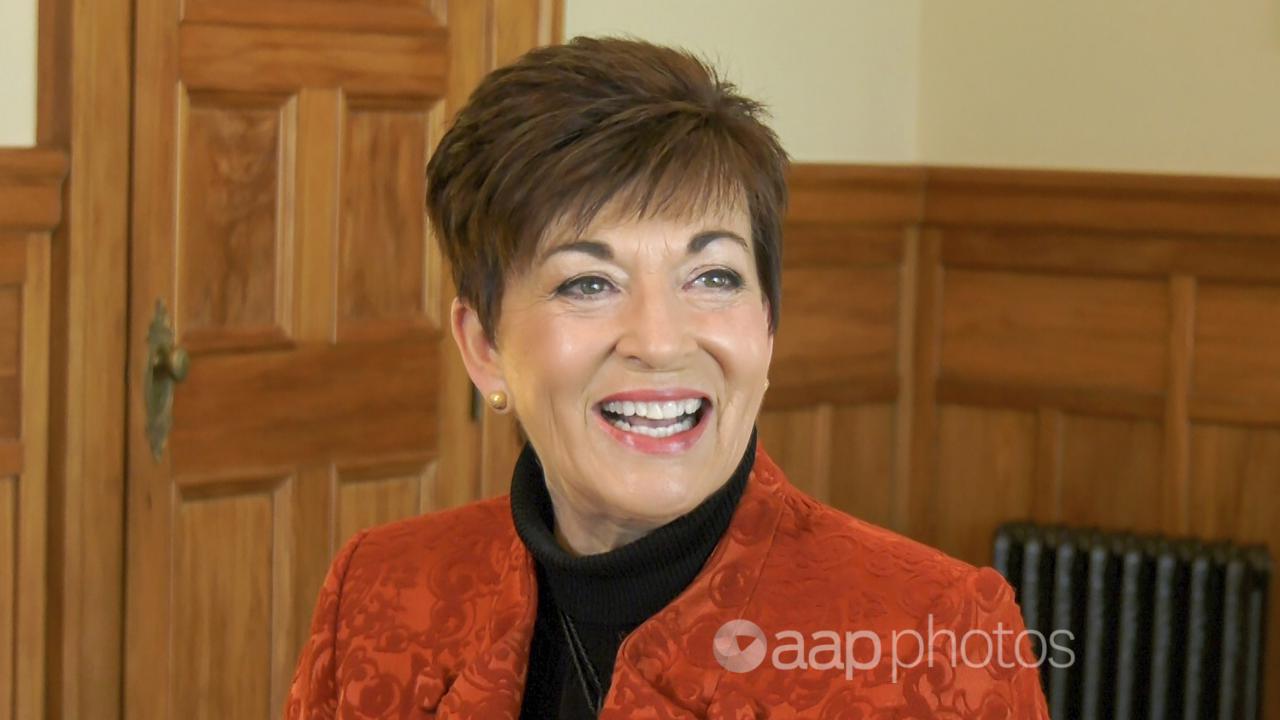An Instagram post claims that New Zealand was left “technically lawless” and under “rogue governance” during the temporary absence of a governor-general in the country.
The period without a governor-general came after the five-year term of Dame Patsy Reddy ended on September 28. Her replacement, Dame Cindy Kiro, started her term as governor-general on October 21. She is the first Maori woman in the role.
While it is true that there was a period of several weeks between the terms of the two appointees, this did not render the country lawless. Rather, a temporary administrator is empowered to act in the governor-general’s role under New Zealand legislation.
The governor-general is the official representative of the British Crown in New Zealand, where Queen Elizabeth II is the head of state. The governor-general doesn’t take an active role in the running of government, instead performing some constitutional and ceremonial duties.
While the Queen formally appoints the governor-general, convention allows the government of the day to recommend a person for the role.
The New Zealand government noted in announcing Dame Patsy’s departure that the chief justice, Dame Helen Winkelmann, would “act as administrator of the government until (the new governor-general was sworn in)”.
New Zealand lays out the role of the administrator in section 3B of the Constitution Act 1986, and in clause 12 of the Letters Patent issued by the Queen to constitute the office of the governor-general. This clause states: “Whenever the office of governor-general is vacant … We do hereby authorise, empower, and command the chief justice of New Zealand to perform the functions of the Office of Governor-General.”
Graeme Edgeler is a lawyer with an interest in constitutional and electoral law who has written frequently on legal issues and government in New Zealand. He told AAP FactCheck via email that there was “no merit” to the suggestion New Zealand was “technically lawless” without a governor-general.
He noted that there was “almost always” a gap of a few weeks between appointments. Dame Patsy, for example, began her term on September 14, 2016, while her predecessor, Sir Jerry Mateparae, completed his term on August 31.
Mr Edgeler added that the administrator exercised the governor-general’s powers during this period, as they did when an office-holder was overseas.
Constitutional and electoral law expert Professor Andrew Geddis, from the University of Otago, said the post’s claims were “arrant nonsense” and New Zealand was not left temporarily in a lawless state.
“Nothing can happen today that could not have happened while Dame Patsy Reddy was in office. Equally, nothing can not be done today that could have been done while she was in office,” he said via email prior to Dame Cindy being sworn in.
Prof Geddis confirmed that New Zealand’s system of government included provisions for situations in which the governor-general was unable to act – or when there was no governor-general in office.
“We do so by making the nation’s chief justice the ‘administrator of the government’, empowered to carry out all the roles, powers and duties of the governor-general,” he said.
“This procedure and position is clearly set out in law, through the Letters Patent – the same documents that give the governor-general their authority to act.”
The Verdict
New Zealand is not left “technically lawless” in the absence of a governor-general. Under the country’s legislation, the administrator of the government, the chief justice, performs the role of governor-general when the position is vacant.
False – The claim is inaccurate.
AAP FactCheck is an accredited member of the International Fact-Checking Network. To keep up with our latest fact checks, follow us on Facebook, Twitter and Instagram.
All information, text and images included on the AAP Websites is for personal use only and may not be re-written, copied, re-sold or re-distributed, framed, linked, shared onto social media or otherwise used whether for compensation of any kind or not, unless you have the prior written permission of AAP. For more information, please refer to our standard terms and conditions.


















